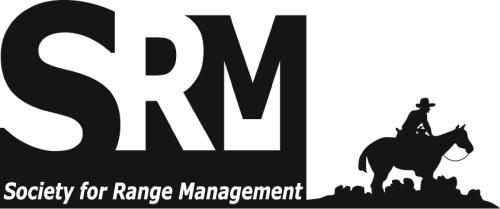Herbage production in the California annual grassland has been correlated with seasonal weather, particularly fall and spring rainfall patterns. To further examine the relationship between herbage production and rainfall pattern, 3 soil water regimes (-1, -7, -15 bars) simulating expected rainfall and drought events in annual rangelands were applied in seminatural annual grassland communities. Soft chess (Bromus mollis) tillers grew longest under the -7 bar water regime treatments while total plant growth was greatest under the -1 bar treatment. Tiller length and total growth of slender oat (Avena barbata) were greatest under the -1 bar treatment. Vegetative growth of slender oat was less sensitive to season-long soil water regimes than soft chess. The two species required different soil water conditions for maximum spring growth; soft chess put on spring growth most rapidly in the -7 bar treatment while slender oat grew fastest in the -1 bar treatment. Periodic water stress during the growing season did not reduce spring herbage production. Maximum growth and herbage production occurred only when soil water was available after March 15. Withholding water after March 15 reduced herbage production by 46%. This material was digitized as part of a cooperative project between the Society for Range Management and the University of Arizona Libraries. The Journal of Range Management archives are made available by the Society for Range Management and the University of Arizona Libraries. Contact lbry-journals@email.arizona.edu for further information. Migrated from OJS platform August 2020

Scholarly peer-reviewed articles published by the Society for Range Management. Access articles on a rolling-window basis from vol. 1, 1948 up to 5 years from the current year. Formerly Journal of Range Management (JRM). More recent content is available by subscription from SRM.